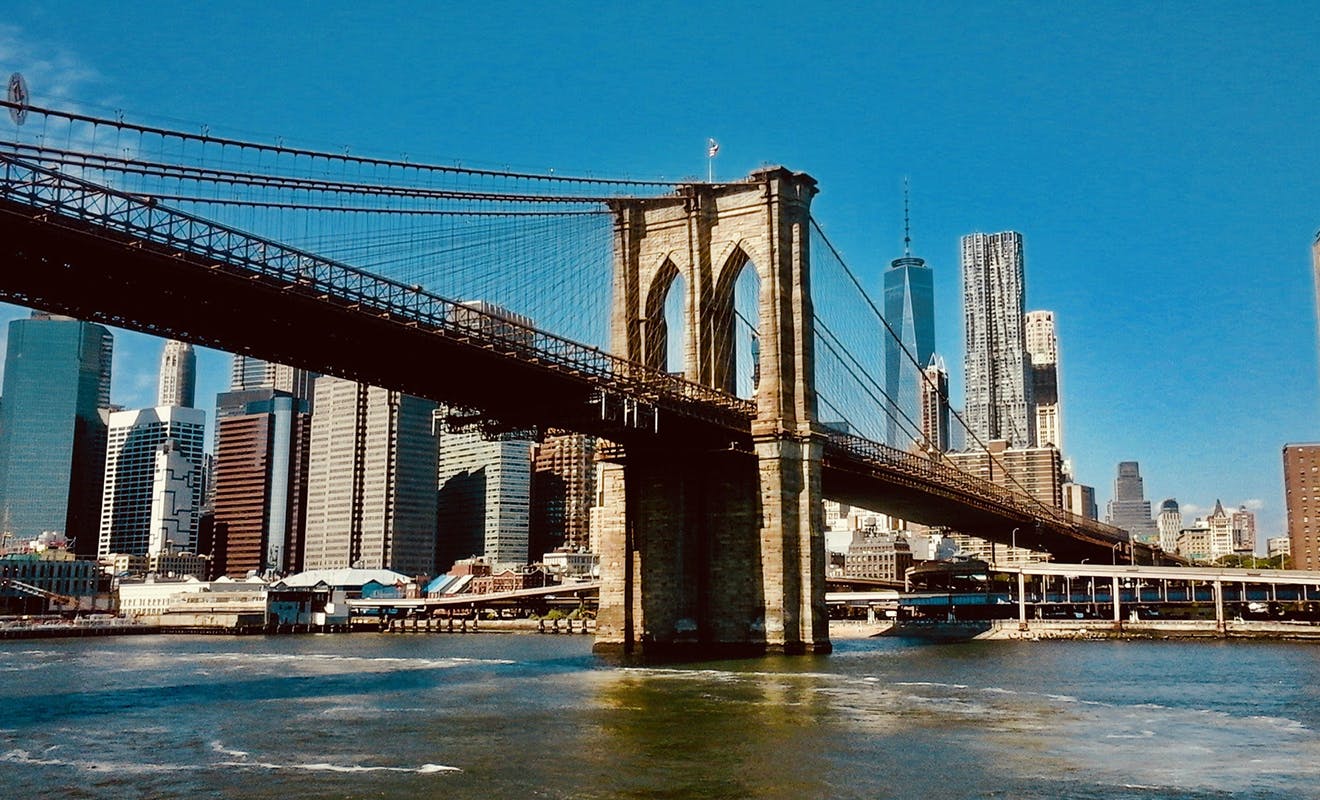The Two Bridges Project Explained
by development site advisors
Bounded by South St to the south, Brooklyn Bridge to the west, East Broadway to the north, and Montgomery Street to the east, we enter Two Bridges. This waterfront enclave, a majority of it in an R7-2 zone, is home to a community that is predominantly in the low- and moderate-income bracket.
Within these streets, we have a smaller, five-block area bounded by Cherry St, South Street, Montgomery Street, and Market Street. This locality was designated as the Two Bridges Large-Scale Residential Development (LSRD) in 1972. LSRDs are developments that involve several zoning lots that are planned together as a unit and are subject to special provisions that are designed to allow for greater site planning flexibility and to achieve more efficient use of scarce land. In other words, LSRDs facilitate the most beneficially efficient site plans for large apartment buildings and encourage clear pathways for plans that include lowand moderate-income housing along with playgrounds, open space, and other community assets.
In 2018, the City Planning Commission (CPC) authorized three development projects consisting of four towers that would achieve over 2,700 new residential units in Two Bridges LSRD. The projects include a 1,008 foot rental tower at 247 Cherry Street by JDS Development Group, a 798-foot dual-tower project at 260 South Street by L+M Development Partners and CIM Group, and a 730- foot building at 259 Clinton Street. A total of 690 units will be allocated as affordable units and 30% of the 690 would be set aside for seniors.
When the approval went through, Manhattan Borough President, Gale Brewer, and the New York City Council file a lawsuit challenging the decision, claiming that the “Developers be required to apply for a special permit and undergo ULURP because of the project’s ‘massive scale’ and potential adverse environmental impacts.” The motion court sided with the petitioners on the premise that the proposed towers are a “huge” change to a site plan despite acknowledging that the Developers did not seek a special permit because the proposed changes to the site plan do not require a waiver of any applicable ZR provision. However, on August 27, the Appellate Division judges reversed the decision and concluded that the CPC’s authorization was valid.
The CPC, along with the Appellate Division, agreed that these towers represented a “minor modification” to the area’s LSRD plan. The vote allowed the plan to omit the Uniform Land Use Review Procedure (ULURP), a practice where Community Boards review land use applications and assess the impacts of any change or variance in zoning. In motion court Judge Arthur Engoron’s ruling, he wrote, “[I]t strains common sense and credulity to characterize anything that would add approximately 2.5 million square feet of new space, four new skyscrapers, and 2,775 new dwelling units as ‘minor modifications.’
However, as CPC chairperson Marisa Lago stated in 2018, “While the proposed developments are not minor in scale, they are considered minor modifications to the existing large-scale development, since the buildings would comply with the underlying zoning district…” The underlying zoning district Lago is referring to is C6-4. In this district, the maximum Floor Area Ratio (FAR) a developer can build is 10.0. Its residential equivalent is R10, which has the same FAR regulations with an addition that developers are awarded with 12.0 FAR if they include affordable independent residences for seniors (“AIRS”).
Diving deeper into zoning, we will see that the proposed project is within regulations. Please note that the following is based on NYC’s zoning laws (without modifications) and not entirely reflective of the proposal. JDS Development’s 247 Cherry Street is an 11,800 SF lot in a C6-4 zone. The max they canbuild is 118,000 SF, or 141,600 SF if they participate in the AIRS program. Next, we have 260 South Street by L+M Development Partners and CIM Group. The 292,250 SF lot is in an M1-4 zone, which means the max FAR here is close to 1.9M SF buildable. Lastly, there is 259 Clinton St by Starrett Corporation. It is situated on a 20,177 SF lot in a C6-4 zone that will allow a maximum of 201,770 buildable, or 242,124 SF with AIRS. The total maximum SF of this mega project sums up to just over 2.2M.
Looking at just the zoning analysis, the development is “as-of-right” and ULURP is not required. During this two-year fight, the opposition devised a rezoning proposal that would limit the building height at 350 feet and requires half of all new units to be permanently affordable. While the intention is there, they fail to see the bigger picture. On August 5, 2020, Mayor Bill de Blasio announced that the City preserved 23,520 homes and constructed 6,503 new units, totaling 30,023 affordable City financed homes. This announcement came a month after the $457 million budget cut to HPD’s capital budget. This could result in the loss of approximately 20,000 affordable housing units. With the help of new developments featuring affordable housing, it can help neutralize the effect of this loss.
As James Yolles, a spokesman for the developers said, “Together, they will deliver one of the largest single infusions of new affordable housing to Manhattan in decades, at a time when the creation of all types of housing is critical to slowing rent growth citywide.” In addition to the featured affordable housing component, the project includes investments of $40 million upgrades to the East Broadway station, $12.5 million in essential repairs to the nearby NYCHA complex, and $15 million upgrades to three public parks in the neighborhood.

